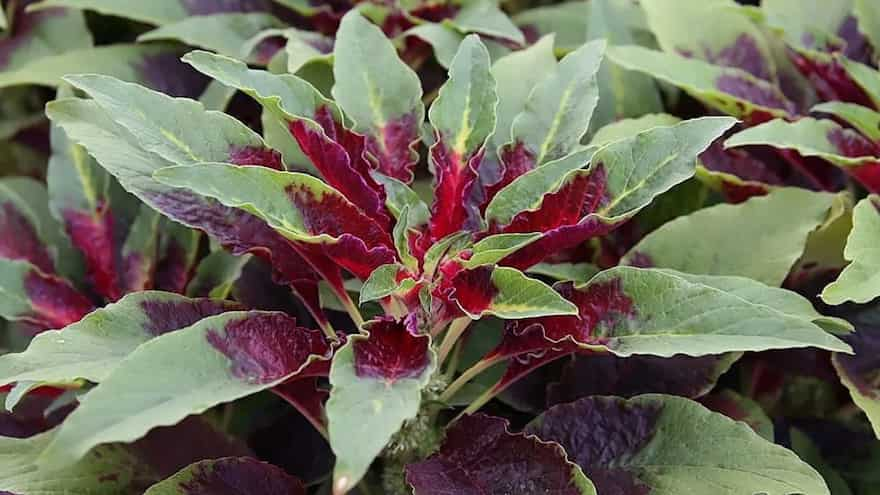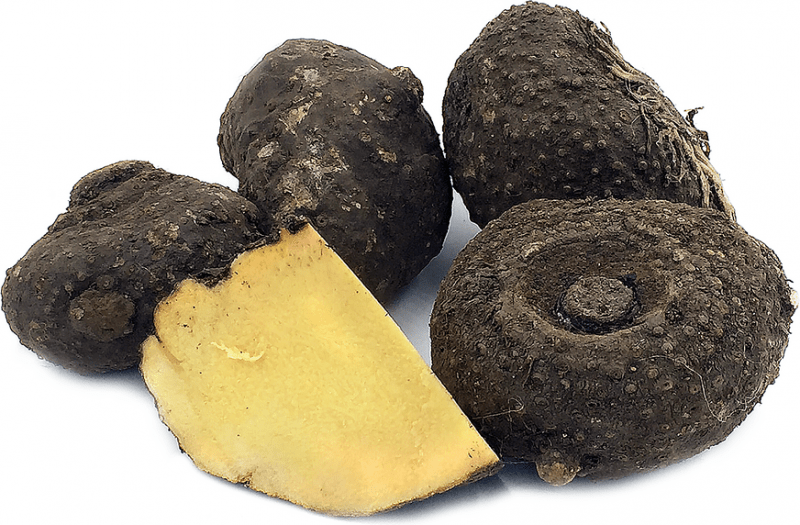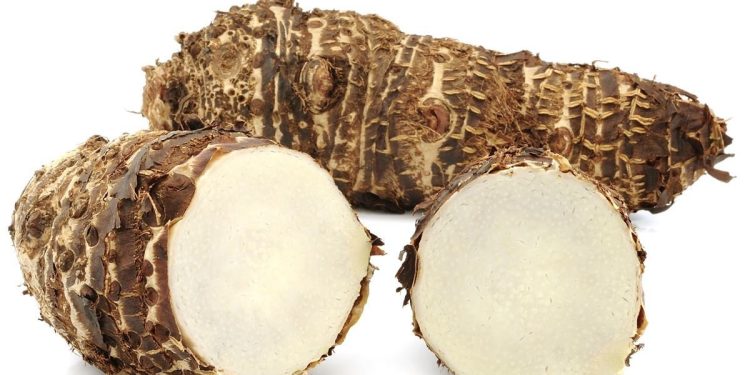#IndianCuisine #ExoticVegetables #UncommonIngredients #HealthyEating
Discover the vibrant world of Indian cuisine with its 7 exotic and uncommon vegetables. From creamy taro root to crunchy ivy gourd, these ingredients add unique flavors and textures to traditional recipes. Explore the health benefits and culinary versatility of these vegetables in a delightful gastronomic adventure.
Indian cuisine is renowned for its diversity, and this extends to the wide variety of vegetables used in traditional recipes. While staples like potatoes, tomatoes, and onions hold their place, there exists a treasure trove of exotic and uncommon vegetables that introduce distinctive tastes and textures to Indian culinary delights.
Indian Spinach (Poi)
Indian Spinach, also known as poi or Malabar spinach, stands apart with its fleshy leaves and unique texture. Unlike regular spinach, Indian spinach boasts a mild yet slightly tangy flavor. Its applications span curries, stir-fries, and soups. Beyond its taste, Indian spinach is packed with vital nutrients including iron, calcium, and vitamins A and C, making it an essential addition to a nutritious diet.
Indian Broad Beans (Sem Phali)
Indian Broad Beans, or sem phali, is a slender bean pod that houses tender beans. Rich in plant-based protein, iron, and folate, these beans are commonly embraced in Indian households, particularly across Gujarat and Rajasthan. Their mild sweetness and satisfying crunch find expression in dishes like sem phali ki sabzi (broad bean curry) or sem phali pulao (broad bean pilaf), enhancing both nutrition and flavor.
Drumstick (Sahjan Ki Phalli)
Drumstick, or sahjan ki phalli, characterized by its long and slender form, emerges from the moringa tree. A staple in South Indian cuisine, this vegetable graces the culinary landscapes of Andhra Pradesh, Tamil Nadu, and Kerala. Its unique profile, balancing earthiness and subtle bitterness, elevates dishes like sambar and avial. With its nutrient-rich composition, drumsticks offer a wealth of vitamins, minerals, and antioxidants.

Amaranth Leaves (Chaulai)
Amaranth Leaves, or chaulai, bring vibrant green hues and a hint of sweetness to the table. Prevalent in Maharashtra and Gujarat, these leaves offer a tapestry of nutrients, including iron, calcium, and dietary fiber. Sautéed, added to lentil dishes, or embraced by stuffed flatbreads, amaranth leaves infuse dishes with vibrancy while nourishing the body.

Elephant Foot Yam (Suran)
Elephant Foot Yam, recognized as suran or jimikand, commands attention with its robust form and creamy-white flesh. Employed in curries, fries, and even desserts, this vegetable exhibits a gentle sweetness and unique, gelatinous texture when cooked. Suran’s culinary journey includes delights like suran cutlets and suran curry, while its nutritional profile boasts dietary fiber, potassium, and vitamins.

Ivy Gourd (Tindora)
Ivy Gourd, or tindora, offers a small yet impactful presence with its tangy flavor and crisp texture. A common sight in Indian markets, it stars in regional cuisines across Maharashtra, Karnataka, and Kerala. Quick stir-frying with spices, onions, and tomatoes transforms ivy gourd into a delightful side dish. Furthermore, tindora shines as a low-calorie, nutrient-rich option laden with fiber, vitamins, and minerals.
Pointed Gourd (Parwal)
Pointed Gourd, or parwal, delights with its cylindrical form and mild flavor. Popular in North Indian cuisine, it’s often stuffed with spices, meat, or paneer and cooked to tender perfection. Parwal curry further highlights its culinary versatility. Rich in vitamins A and C as well as dietary fiber, parwal brings both taste and nutrition to the plate.

Venturing into the realm of exotic and uncommon vegetables within Indian cuisine unveils a world teeming with flavors, textures, and culinary potential. Each vegetable, from the creamy taro root to the crisp ivy gourd, contributes its unique essence to time-honored Indian recipes. As these vegetables find their way into your culinary creations, they not only enrich your meals but also introduce a spectrum of health benefits.































